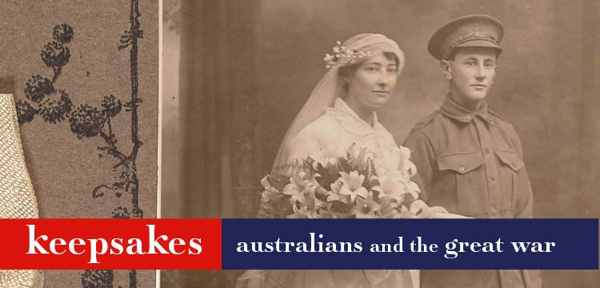
There’s no one left to tell us about their experiences in the First World War, but somewhere in your attic or under the house there may be a box that you inherited from Aunt Mary containing letters, pictures, postcards, medals or various mementos from that time. The National Library of Australia holds a vast repository of such items and is featuring some of the most significant and poignant in its Keepsakes exhibition.
The exhibition is enhanced by items from the collections that the Library holds relating to Sir John Monash, Keith Murdoch and wartime Prime Ministers Andrew Fisher and Billy Hughes. Included is one of Hughes’s hand-written notes from the Paris Peace Conference where he stridently insisted on the recognition of Australia’s contribution to the war.
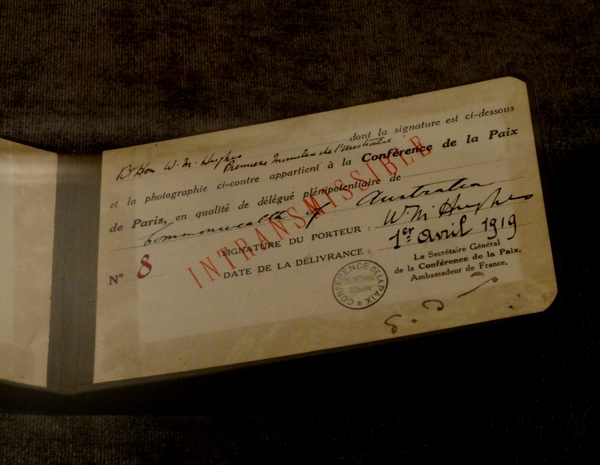
With more than 60,000 dead, Australia’s contribution was truly significant in a country with a relatively small population. The photographs, letters and other items in this collection give a first-hand picture of just what an impact it had on Australians at the time, how it brought them together and how, through the conscription referenda, it also divided them.
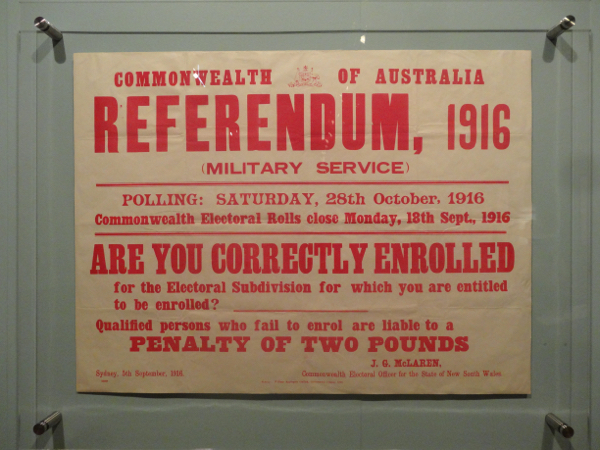
There is a great selection of posters, cartoons and drawings from artists such as May Gibbs and Norman Lindsay, who along with many others lent their services to the propaganda war.
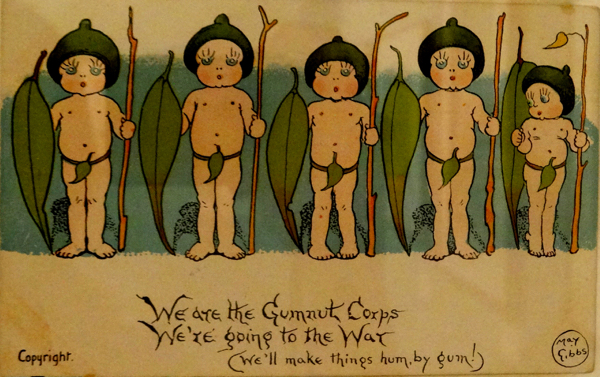
Norman Lindsay’s posters were intended to create a fear of the ‘Hun’ and what he might do, especially if he invaded Australia.
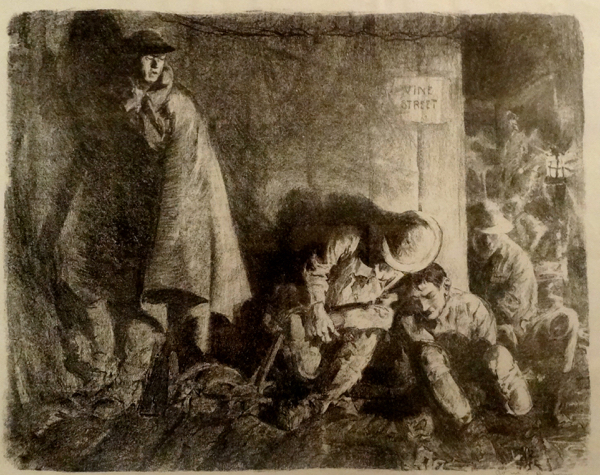
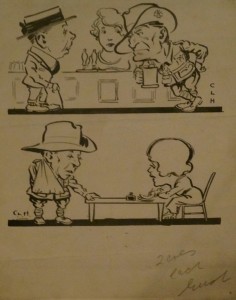 The posters and cartoons of Stan Cross on the other hand have a humorous edge that reflects the Australian wit and irreverence. I don’t think the Gumnut Babies would have been much help on the Western Front but May Gibbs was probably sowing a seed for future volunteers.
The posters and cartoons of Stan Cross on the other hand have a humorous edge that reflects the Australian wit and irreverence. I don’t think the Gumnut Babies would have been much help on the Western Front but May Gibbs was probably sowing a seed for future volunteers.
Among the most fascinating inclusions are the letters, photos and other items from Arthur Wheen who served as a 19-year-old signalman on the Western Front, survived the war and later lived most of his life in England where he translated and edited Erich Remarque’s novel, All Quiet on The Western Front.
Wheen was responsible for the title of the English version, the German title translating literally as “no news from the west”. The English title has of course entered the lexicon and become a standard phrase.
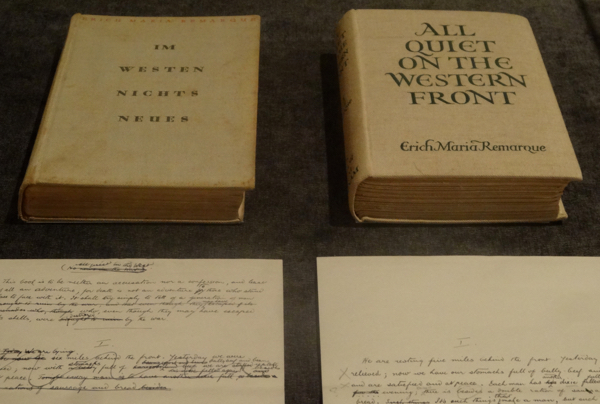
Many of the items in the exhibition concern ordinary people. Representative of them is the exhibition motif featuring the wedding photo of Kate McLeod and George Ross taken in a studio in Sydney in 1915 not long before George went off to the war (top photo). The good news is that he did return to his bride and live a good life. Others were not so lucky and for the family back home all they had to remember were these photos, letters and mementos now preserved so that the nation can also remember.
Fact File:
Where? National Library of Australia.
When? Daily from 10 am to 5pm until July 19, 2015.
Entry? Free.
Tours? Free guided tours are available on Tuesdays, Thursdays, Saturdays and Sundays at 10.30am.
Visit? www.nla.gov.au
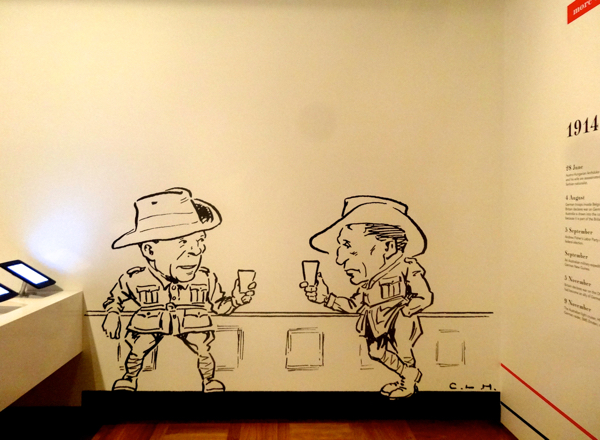
As a postscript, anyone visiting the Keepsakes exhibition might also be interested in Keith Murdoch’s ‘Gallipoli letter’ which is in the National Library’s wonderful Treasures Gallery.

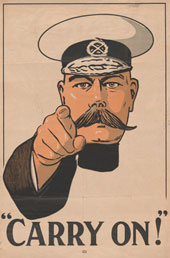
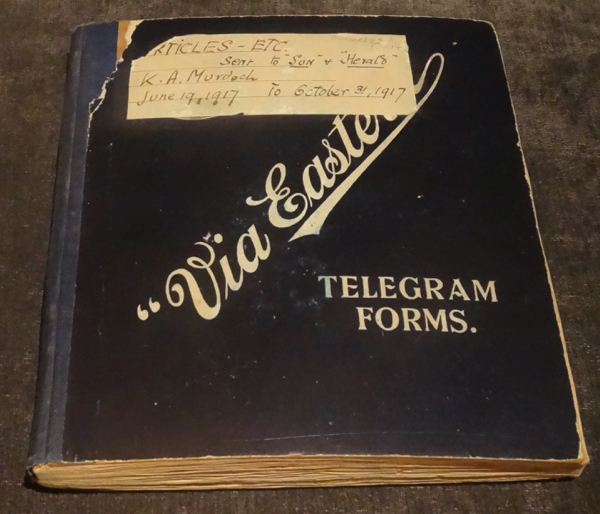
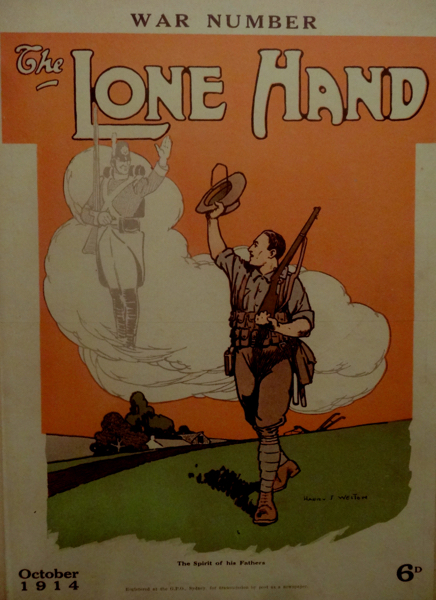

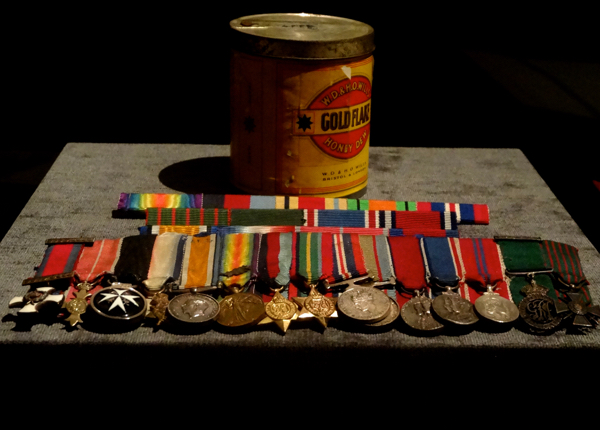

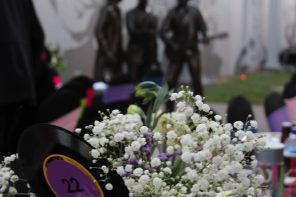
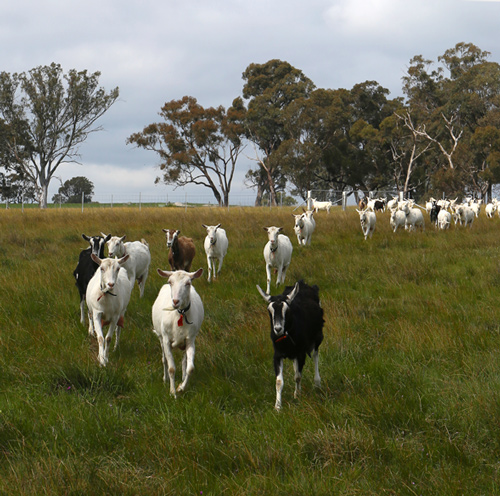
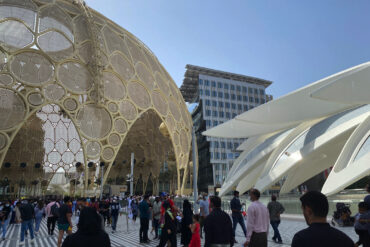
Wonderful that so many people have donated these treasures to our national collections so they can be shared by everyone.
Looks like a wonderfully personal view of the time.